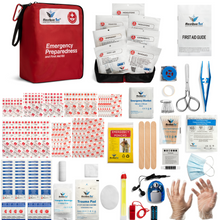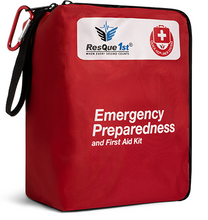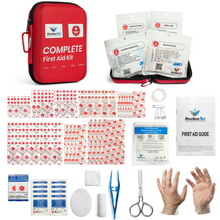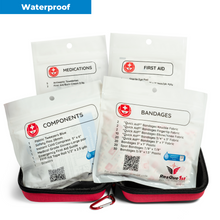
“Just put some ice on it”. How often have we heard that phrase? Or even said it? Somehow we just know that cooling some injuries makes them feel better. But which injuries? And why does it work?
Injuries that respond to cold treatment
Bruises happen when the small blood vessels under the skin break and blood seeps into the surrounding tissue. This usually happens as a result of falling, bumping into something or getting hit by a blunt object.
Insect bites and stings can come from yellow jackets, honey bees, wasps, hornets, fire ants, mosquitos and spiders.
Strains happen when a muscle, or the tendon that attaches the muscle to the bone, gets damaged. Strains usually occur in the neck, back, thigh or calf when muscles get stretched in unusual or unexpected ways. They are accompanied by pain and possible bruising.
Sprains happen when ligaments are injured as a result of stumbles or falls. Ligaments are the elastic tissues in the joints of the ankles, knees, wrists or elbows. The joints will swell or bruise.
How A Cold Pack Works
Cold packs provide relief because they reduce bleeding when the cold constricts the blood vessels. The cold also reduces inflammation and muscle spasms.
Cold packs can be made from ice cubes or even frozen foods stored in the freezer. Or you could be a bit more fancy and have a gel pack stored in the freezer in case you need it.
But what if you are on the road? Or out of ice? Or have eaten the last of the frozen vegetables? Your best bet is an Instant Cold Pack. This pack contains chemicals that turn cold instantly when the pack is hit or shaken up.
And the best place to keep one is in your First Aid Kit. That way you always know right where it is and have instant access to it. In fact, you should keep several Instant Cold Packs in your kit, and make sure that you replenish them after you use them.
How to Use the Cold Pack
- Activate the Instant Cold Pack.
- Place the cold pack on the injured area. Be sure to place a cloth or thin towel between the pack and the skin to protect it. The cold pack should last for 20 minutes.
- If possible, elevate the area of the injury. This also helps limit bruising or swelling because it reduces the amount of blood flowing to the area.
You will want to continue treating the area with cold therapy for the next 48 hours for maximum benefit. So keep additional Instant Cold Packs around or use some of the other options listed above.
Be alert for any signs of infection, such as fever, or allergic reactions to stings or bites and seek medical care immediately.
So go ahead and put some ice on it. You will feel better fast!








